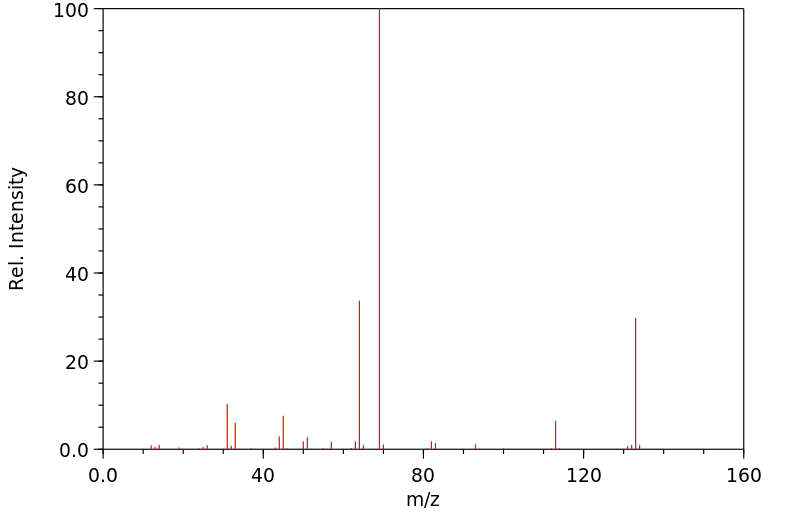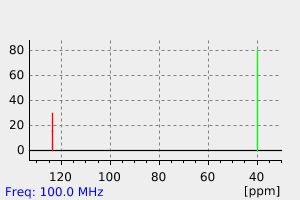毒理性
识别和用途:1,1,1,3,3,3-六氟丙烷(HFC-236fa)是一种无色、无味的气体。它的用途包括作为灭火剂和爆炸抑制剂。它也可以用作低压冷水机的纯制冷剂。人类暴露和毒性:在体外人类淋巴细胞分析中没有发现致突变/遗传毒性活性的证据。动物研究:HFC-236fa在大鼠中的4小时急性致死浓度超过195,000 ppm;在暴露期间观察到的主要临床迹象是麻醉。在比格犬中,当浓度大于或等于150,000 ppm时,注意到心脏过敏,无观察到效应水平(NOEL)为100,000 ppm。暴露于20,000或50,000 ppm的大鼠仅在暴露期间暂时减少了听觉惊跳反应;暴露于5000 ppm的大鼠未受影响。随着研究的进展,注意到对麻醉有所适应。在大鼠发育毒性研究中,当浓度达到20,000 ppm或更高时,母体毒性(减少惊跳反应和体重增加)明显,而在任何一组中都发现了胎儿毒性。HFC-236fa的整体无观察到效应水平为5000 ppm,基于在20,000 ppm或更高浓度下注意到的麻醉。在体外Ames试验或体内小鼠微核试验中没有发现致突变/遗传毒性活性的证据。
IDENTIFICATION AND USE: For 1,1,1,3,3,3-Hexafluoropropane (HFC-236fa) is a colorless, odorless gas. Its uses are as a fire extinguishant and explosion suppression agent. It also can be used as a pure refrigerant for low-pressure chillers. HUMAN EXPOSURE AND TOXICITY: No evidence of mutagenic/genotoxic activity was found in vitro in human lymphocyte assays. ANIMAL STUDIES: The 4-hr acute lethal concentration of HFC-236fa in rats exceeds 195,000 ppm; narcosis was the predominant clinical sign observed during exposure. Cardiac sensitization in beagle dogs was noted at greater than or equal to 150,000 ppm with a NOEL of 100,000 ppm. Rats exposed to 20,000 or 50,000 ppm had a transiently diminished acoustic startle response only during exposure; rats exposed to 5000 ppm were unaffected. Some adaptation to narcosis was noted as the study progressed. In a rat developmental toxicity study, maternal toxicity (diminished startle response and weight gain) was evident at 20,000 ppm or greater while fetal toxicity was found in any group. The overall no-observed-effect level for HFC-236fa was 5000 ppm, based on narcosis noted at concentrations of 20,000 ppm or greater. No evidence of mutagenic/genotoxic activity was found in vitro in Ames assay or in vivo in the mouse micronucleus assay.
来源:Hazardous Substances Data Bank (HSDB)








